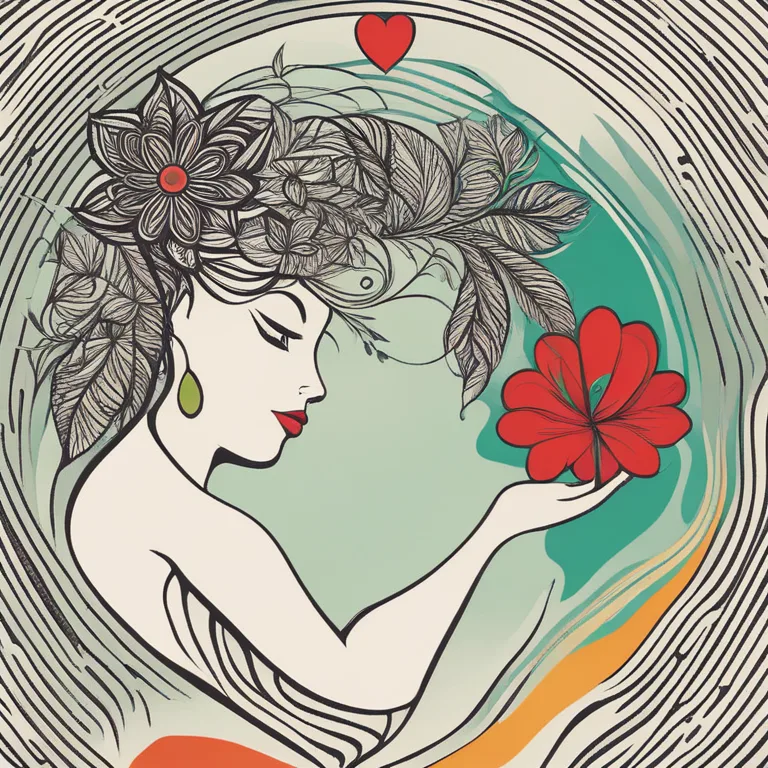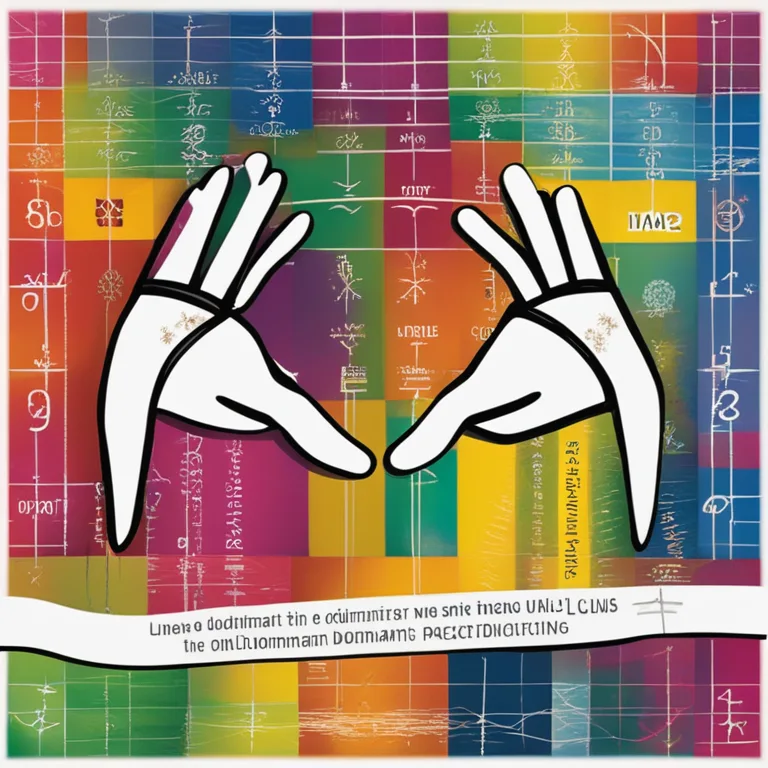
Palm Lines Variance Between Hands
Delve into the fascinating world of palmistry by understanding why the palm lines on your left and right hands may differ and what these variations mean for you.
article by Nora Pennington
Introduction to Palmistry
Palmistry, a practice with ancient roots, involves analyzing the lines and features of the hands to uncover insights into a person's character and life experiences. It's a component of a larger narrative, where metaphysical disciplines like astrology and numerology intertwine to present a cosmic blueprint of an individual's journey. When examining the lines on the palms, practitioners often find variations between the left and right hands. These dissimilarities are not mere coincidences; they are believed to hold significant clues to one's personal development and life path.

Dominant vs. Non-Dominant Hand
In palmistry, the dominant hand (usually the one a person writes with) represents the conscious, the present, and the active unfolding of one's life. It reflects the current state of affairs and the outcomes of your choices. The non-dominant hand, on the other hand, is seen as a map of innate potential, including qualities and events predestined or carried over from past lives. The varying lines between the two hands can illustrate how far one has traveled from their original blueprint and the growth one has experienced.

Life Line Variations
One fascinating aspect to consider is the differences in the Life Line—the line that curves around the base of the thumb. A prominent and consistent Life Line on the dominant hand may indicate an individual's vitality and zest for life, while variations in the non-dominant hand could reflect inherited traits or potential challenges. The bridge between what was intended and what is realized is often visible in how these lines differ or change over time.

The Heart Line's Tale
The Heart Line, usually found at the top of the palm just under the fingers, is believed to convey information about emotional experiences and relationships. Disparities in this line between the two palms can suggest a journey of emotional growth or shifting attitudes towards love and connection. For instance, a clearer Heart Line on the dominant hand might signify emotional developments and a maturation of relationships that wasn't indicated in the non-dominant hand's original pattern.

Head Line: Cognitive Paths
The Head Line, typically running horizontally across the palm, is associated with intellectual processes and mental attitudes. Differences in this line may represent shifts in mindset, decision-making approaches, and intellectual pursuits. These variations signify how life experiences, education, and conscious decisions have potentially reshaped a person's original mental inclinations and cognitive strategies documented in their non-dominant hand.
Fate Line and Career Trajectories
Lastly, the Fate Line, assumed by some to chart one's career and life path, may vary significantly between hands. A pronounced Fate Line on the dominant hand could indicate a clear direction in one's vocational pursuits that is not as evident in the non-dominant hand. These variances might suggest the individual's active role in shaping their destiny, surpassing initial expectations, or dealing with unforeseen career turns.
Conclusion
While differences in palm lines between the hands offer a compelling narrative about personal growth and life changes, the interpretations of these features in palmistry are as varied as the lines themselves. Enthusiasts and skeptics alike can appreciate the intricate storytelling present in the palms. Whether seen as a window into the soul or a subjective art, the differing palm lines encourage introspection and curiosity about the forces that shape our lives.
Published: 1/5/2024
Modified: 1/5/2024
More predictions
Come back here soon to learn more about yourself and your future


The Essence of Palmistry: A Modern Guide
Delve into the modern practice of Palmistry: understanding the lines and shapes of your hands to reveal insights about your personality and future.


The Essence of Palmistry: A Guide to Hand Analysis
Delve into the world of palmistry, the ancient practice of interpreting palms to reveal personal insights and future paths.


The Sun Line: A Ray of Personal Brilliance
Discover the significance of the Sun Line on your palm and its implications for fame, success, and creativity in palmistry practices.